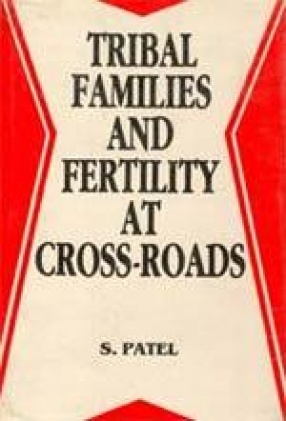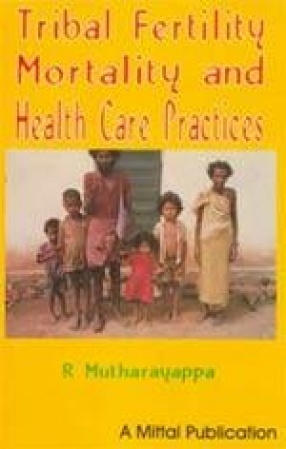Tribal Families and Fertility at Crossroads
In stock
Tribal supernatural beliefs, particularly those concerning witchcraft, disease, fertility, Infant-mortality, are widespread in rural populations, whereas urbanisation has brought in technological, economic and educational changes in their environment. Thus at urban areas, for them it is a world in which mass-produced goods and occupation with mechanised implements are as familiar as the new-eating-ceremonies. Thus there follows a cyclic change in marriage-pattern (basing on neighbourhood knowledge); kinship system (co-efficient of kiniship tends to decline with increasing distance between the birth place of individuals, as the possibility of common ancestry decreases with distance); institutional changes that reverse the traditional flow of wealth; sex-roles; division of labour; energy consumption; period of lactational amenorrhea or sterility being influenced by diet; labour value of children, which ultimately influence the reproductive behaviour of the group at urban localities. Hence there appears to be less and less disagreement that a strong association does exist between fertility decline and development. But the question is, which specific component precedence over others in a country’s attempt to reduce its rate of population growth, with due consideration to “developmentâ€, as a holistic process. Therefore study of the reproductive behaviour of any group is important in elucidating the mechanism of evolution, the essential part of any country’s monitoring of its social and nutritional status.






There are no reviews yet.